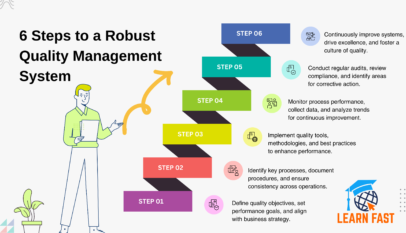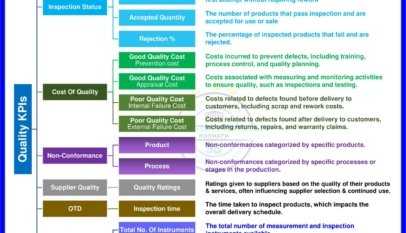In today’s rapidly changing work environment, professionals across industries need to keep pace with new developments and continuously upgrade their skill sets. On-the-job training (OJT) is an effective method for ensuring that employees develop the necessary expertise to perform their tasks while contributing to their professional growth. This article explores the advantages of OJT, the challenges organizations may face, and how to maximize the benefits of this training approach, seamlessly blending the introduction and conclusion of the topic throughout the discussion.
The significance of OJT in fostering employee development cannot be overstated. As organizations face new technological advancements, globalization, and an evolving labour market, they must adapt and innovate to stay competitive. OJT offers a cost-effective and practical solution to this challenge by equipping employees with the knowledge and skills required to excel in their roles. By training employees directly in the workplace, organizations ensure that the acquired competencies directly apply to their tasks, leading to improved performance and productivity.
On-the-job training allows employees to learn at their own pace and offers a personalized learning experience. This flexibility helps cater to employees’ individual needs and learning preferences, resulting in higher engagement and retention rates. Moreover, OJT promotes a culture of continuous learning and improvement, where employees are encouraged to acquire new skills and knowledge throughout their careers.
One of the key advantages of OJT is its ability to foster a sense of camaraderie among employees. As team members work together, sharing knowledge and collaborating on projects, they develop strong professional relationships. This collaborative learning environment boosts employee morale and contributes to a more cohesive and efficient workforce.
However, the implementation of OJT is not without its challenges. One of the primary obstacles organizations face is allocating resources in terms of time and personnel. Effective on-the-job training requires planning, monitoring, and assessment, which can strain managers and supervisors tasked with overseeing the process. Additionally, there is the risk of information overload for employees as they attempt to balance their work responsibilities with the demands of the training program.
Organizations should adopt a systematic training approach to mitigate these challenges and maximize the benefits of OJT. This begins with identifying employees’ specific skills and knowledge gaps and designing a tailored training program that addresses these needs. By incorporating a variety of training methods, such as mentoring, coaching, job shadowing, and e-learning platforms, organizations can create a comprehensive and engaging learning experience.
Moreover, organizations must recognize the importance of continuous feedback and assessment in the OJT process. Supervisors can ensure that the training program remains relevant and effective by closely monitoring employee progress and providing constructive feedback. This feedback loop also allows organizations to refine their training strategies and make data-driven decisions to improve overall performance.
In conclusion, on-the-job training is an indispensable tool for organizations looking to enhance employee performance and stay ahead of the curve in today’s dynamic business landscape. Organizations can seamlessly integrate this learning method into their workforce development strategies by recognizing the benefits of OJT, addressing its challenges, and implementing a systematic approach to training. In doing so, they promote a culture of continuous learning and improvement and contribute to the long-term success of their employees and the organization as a whole.
















